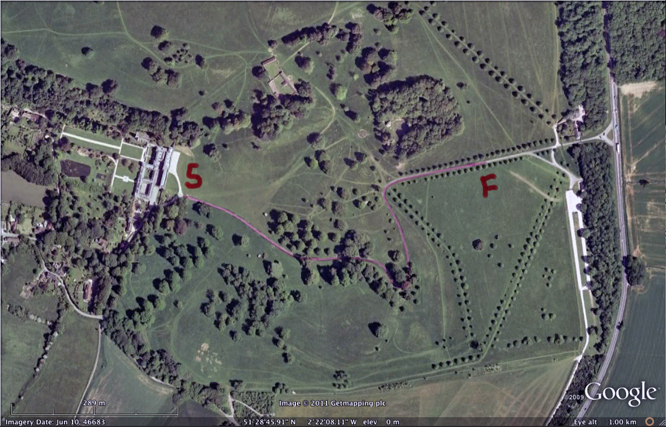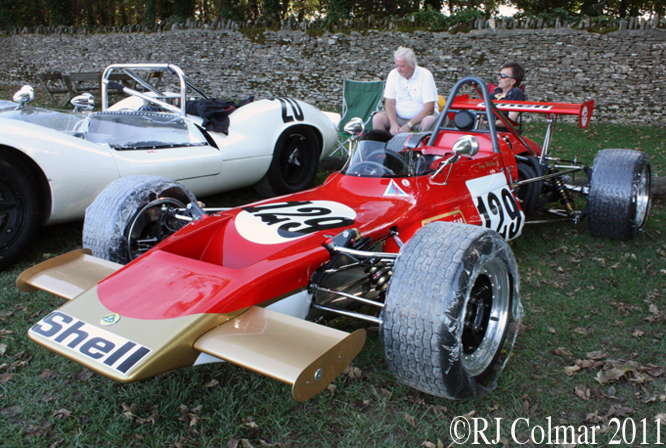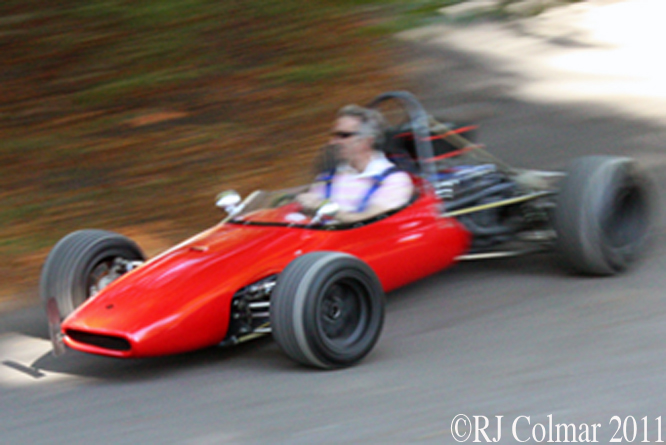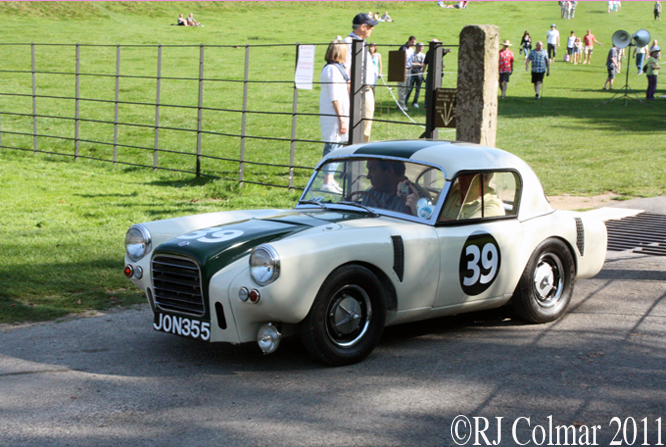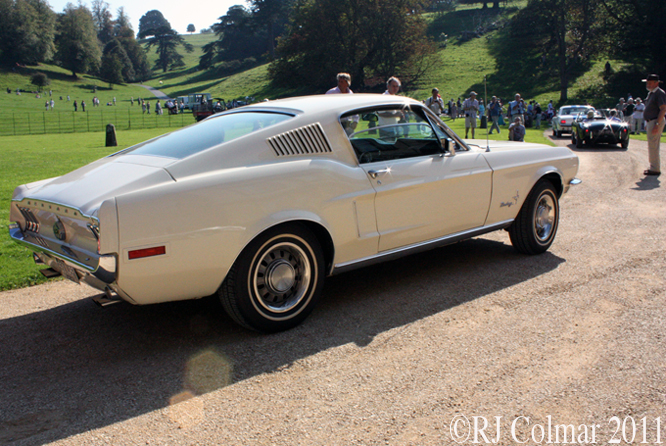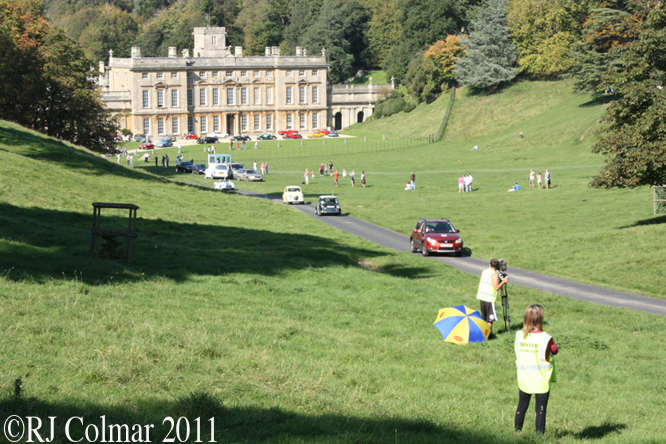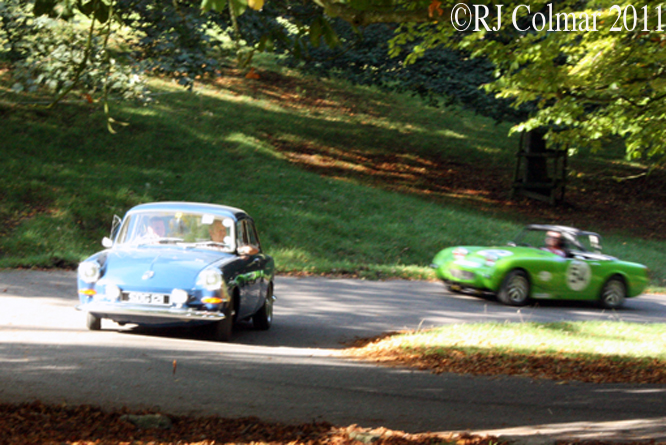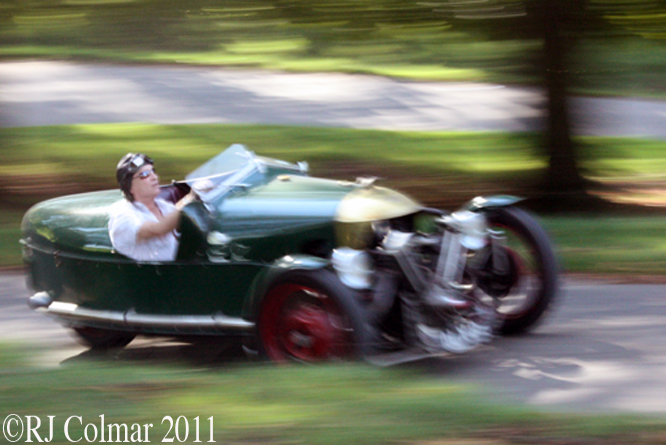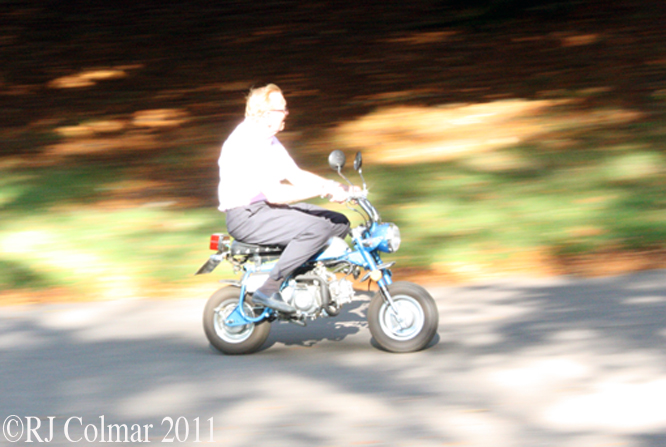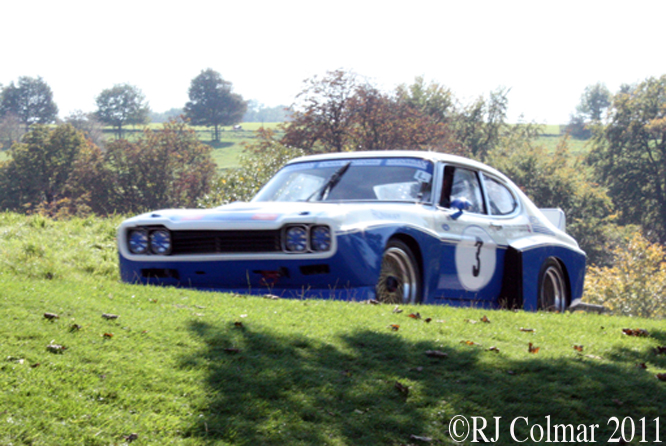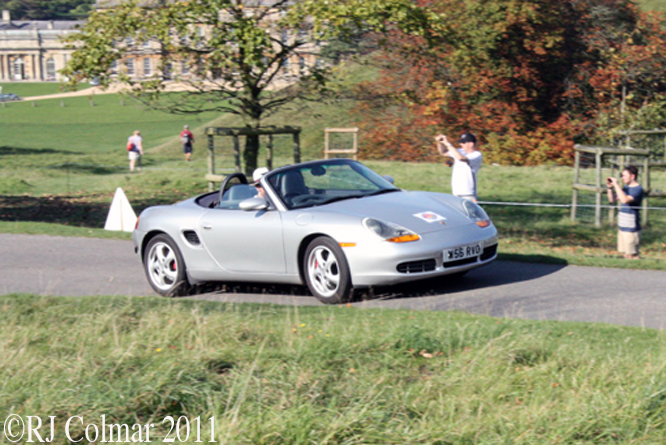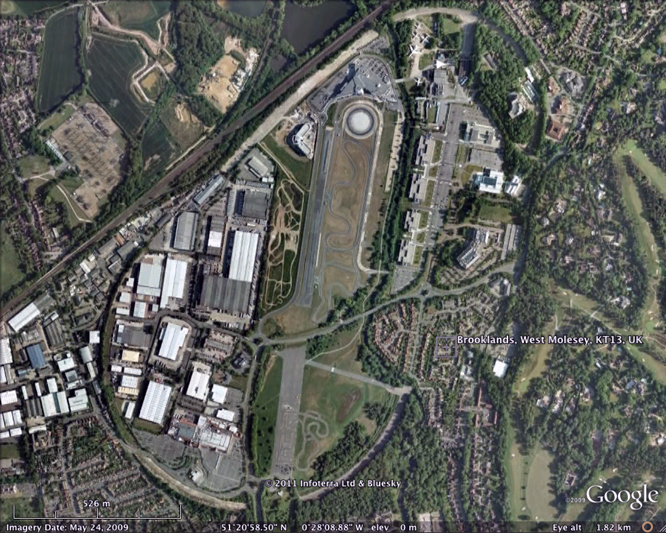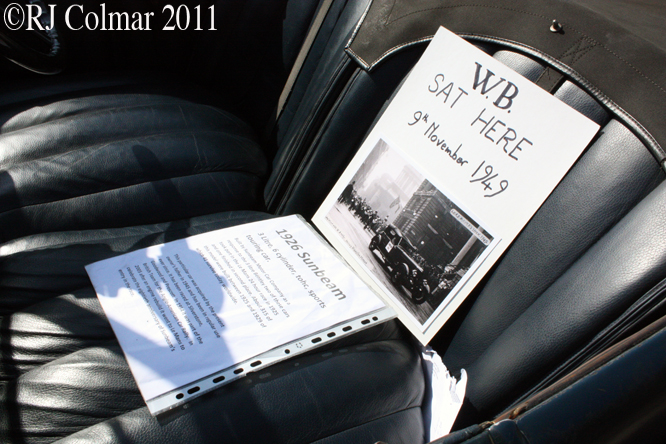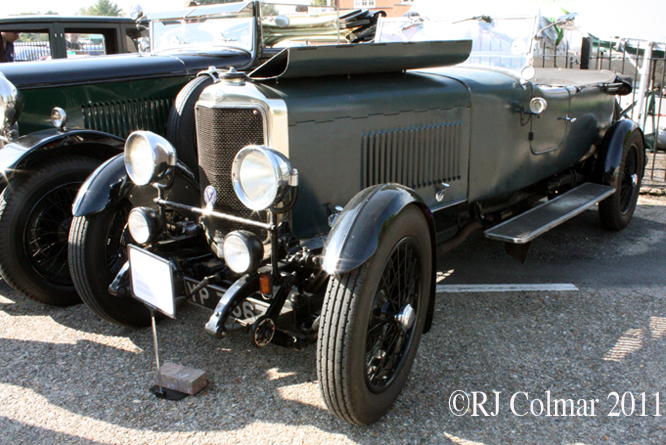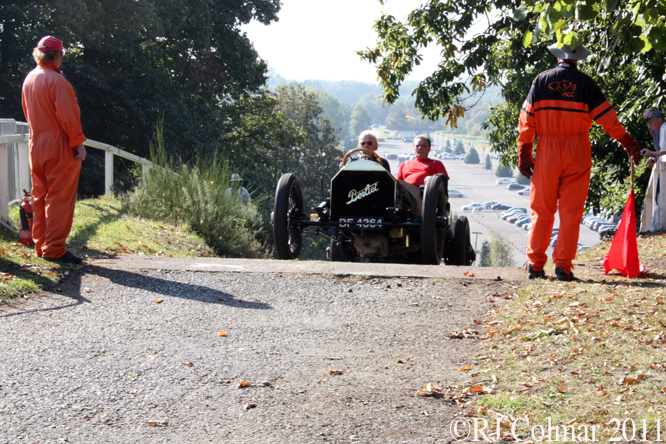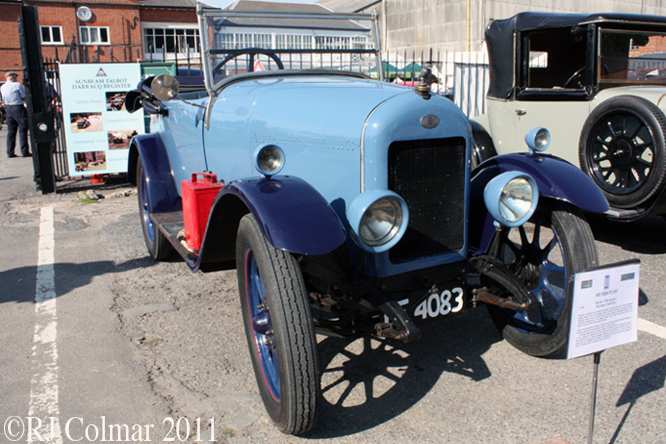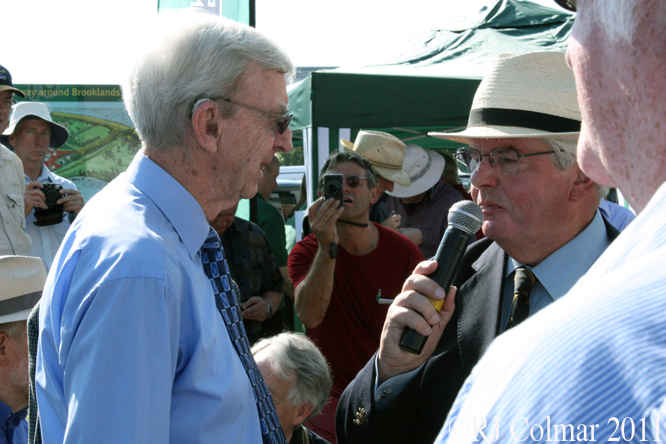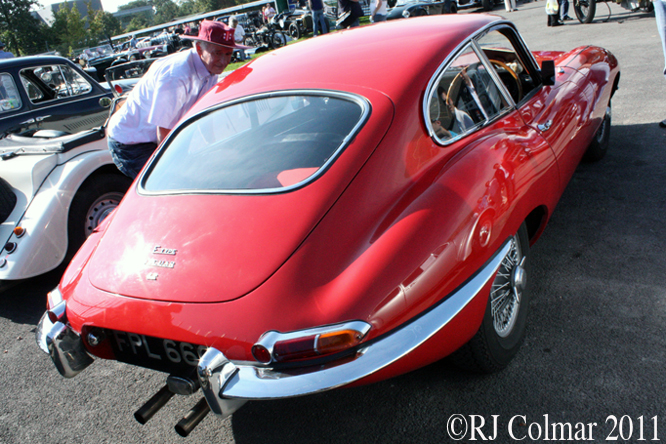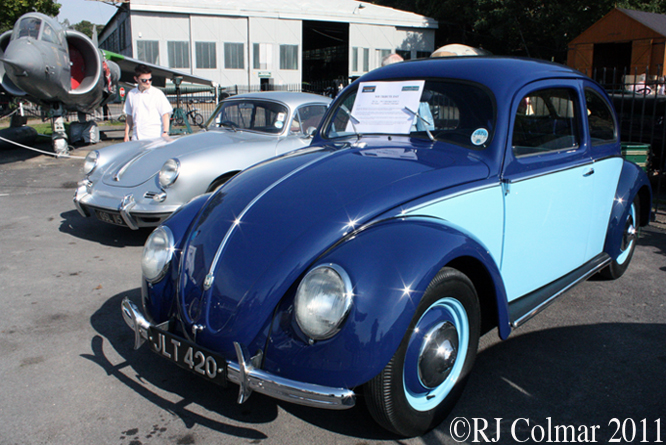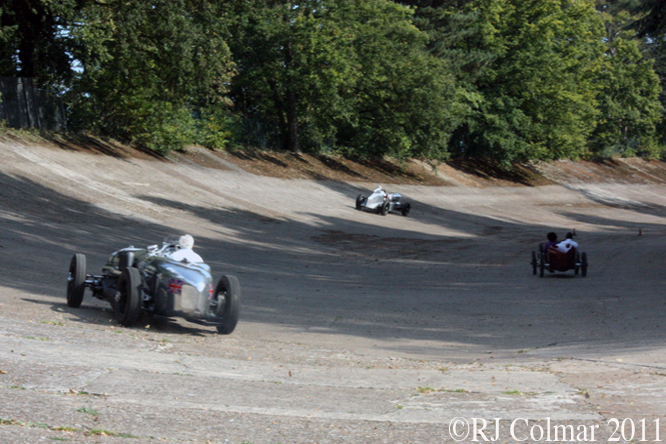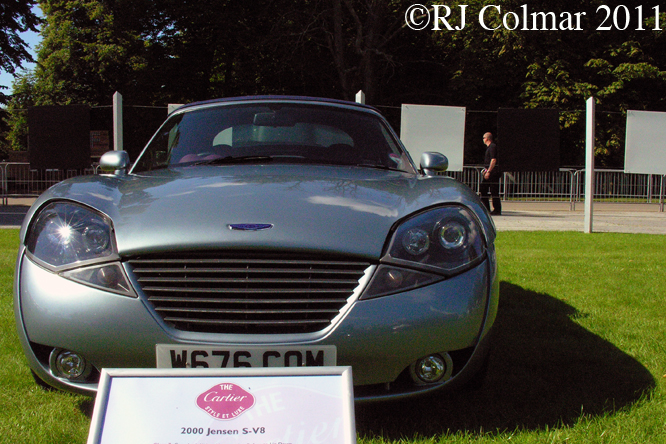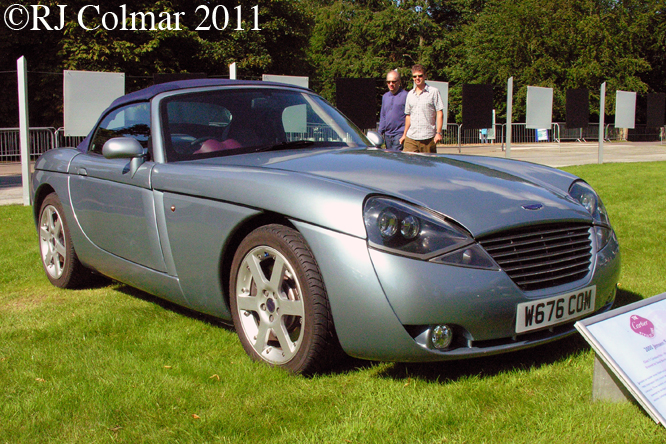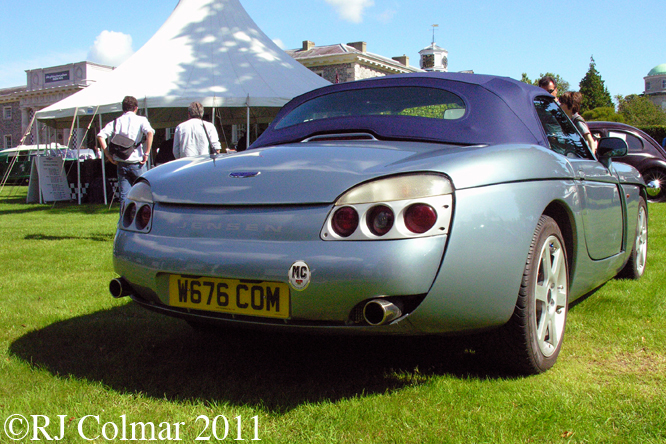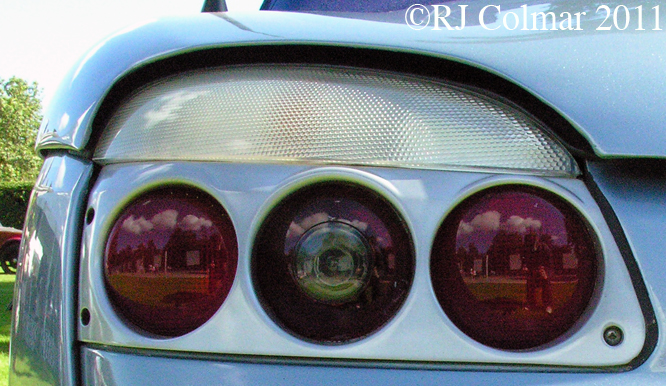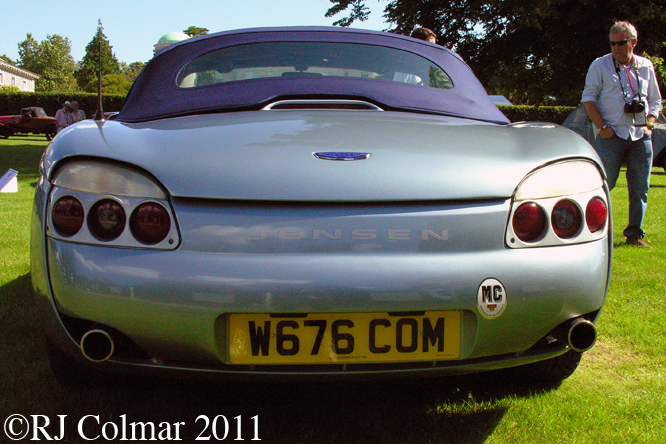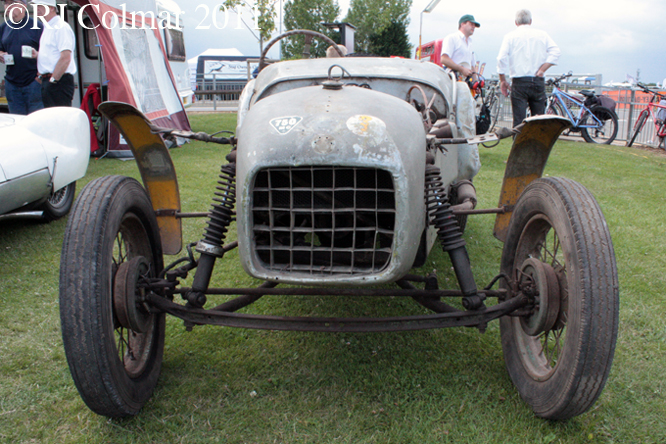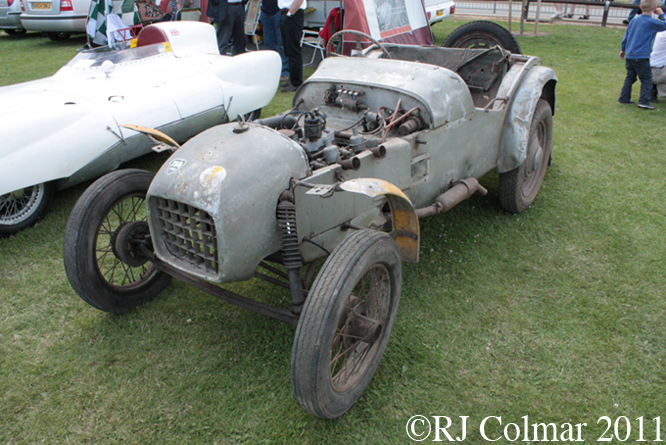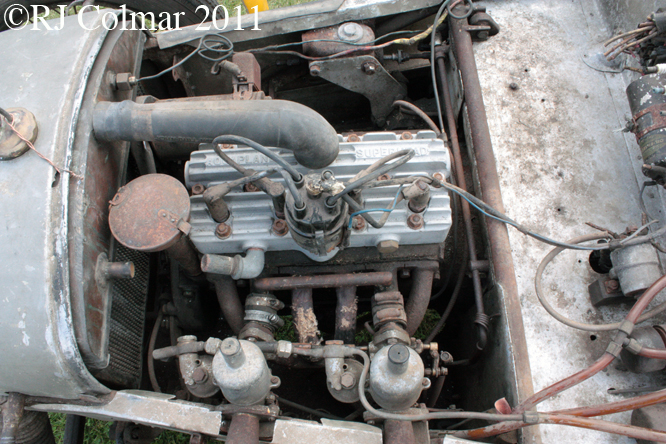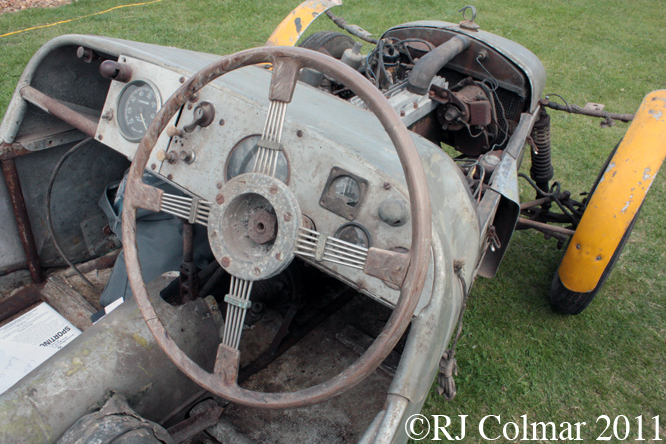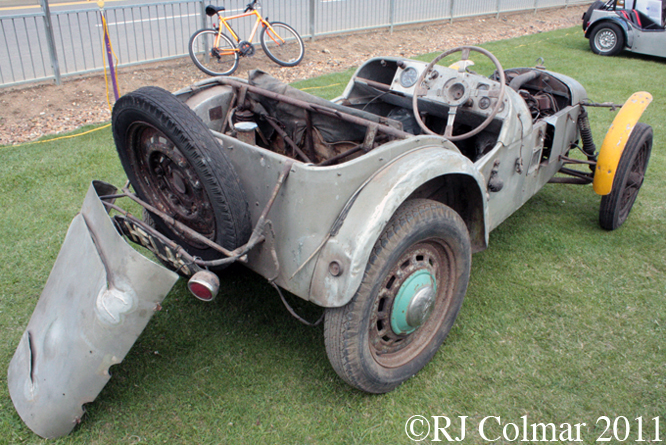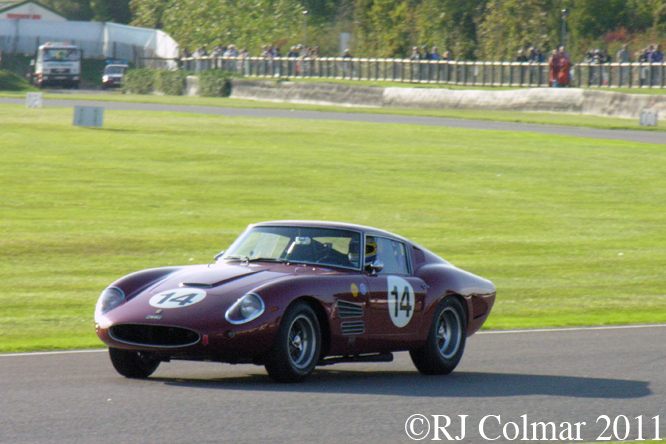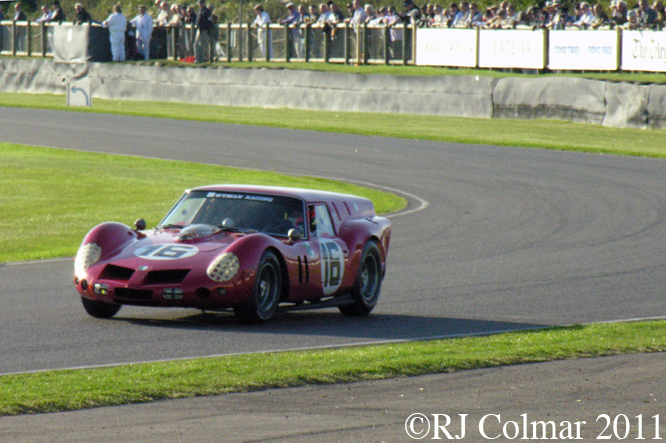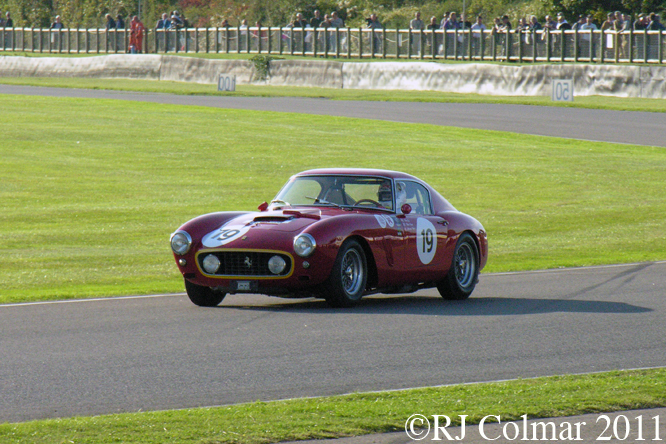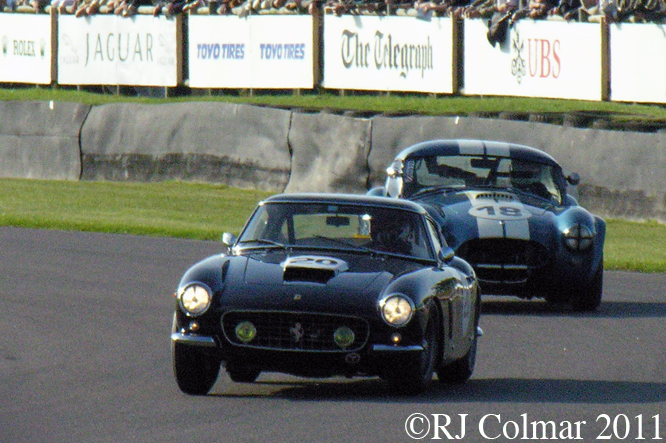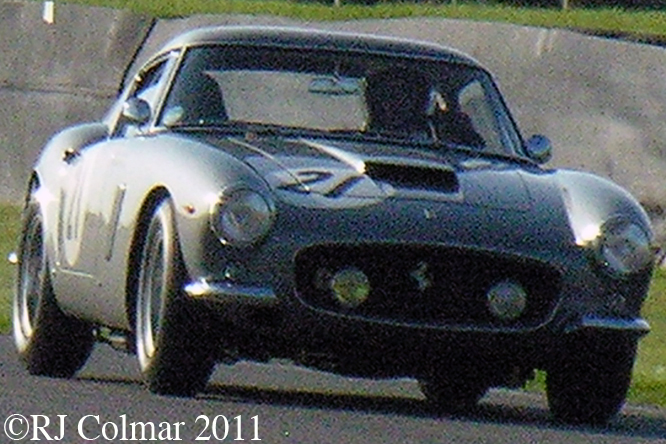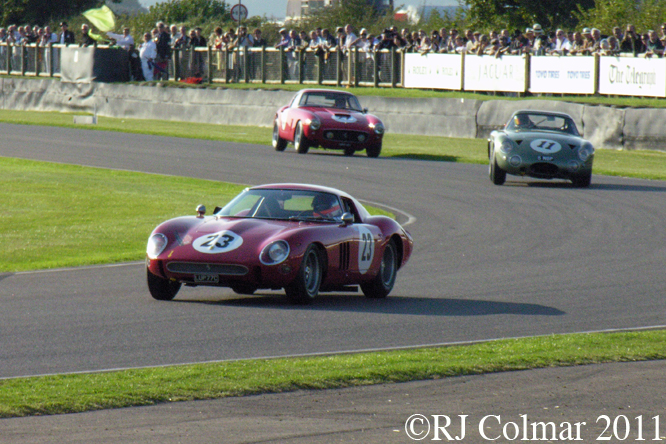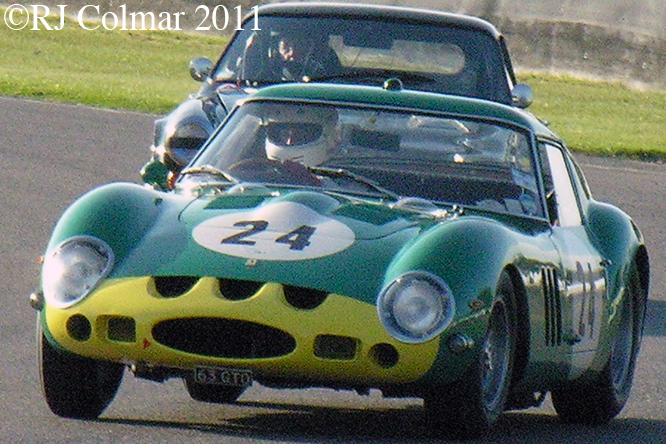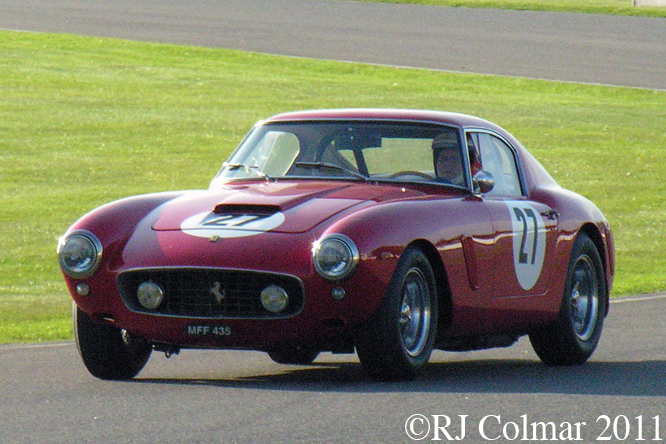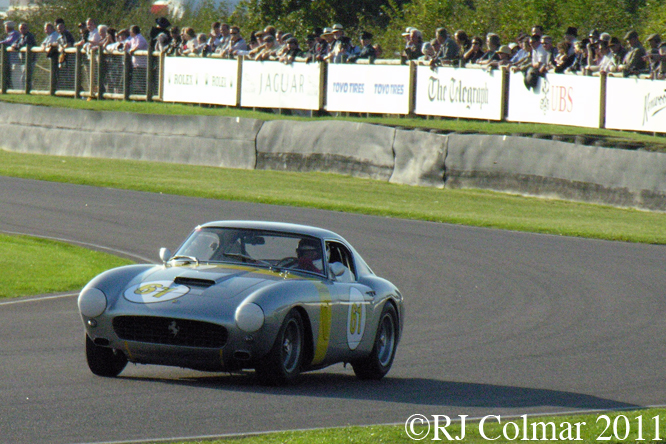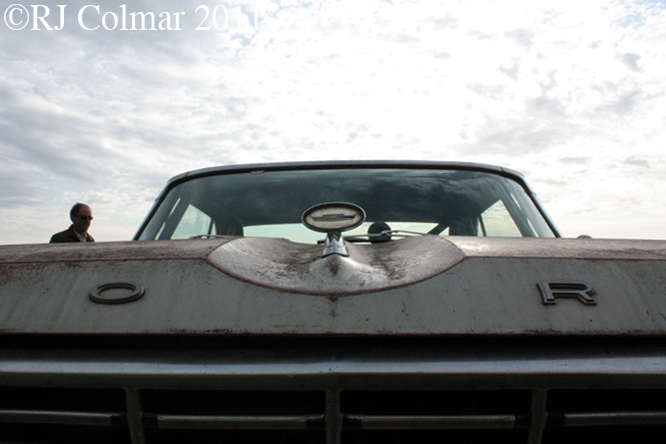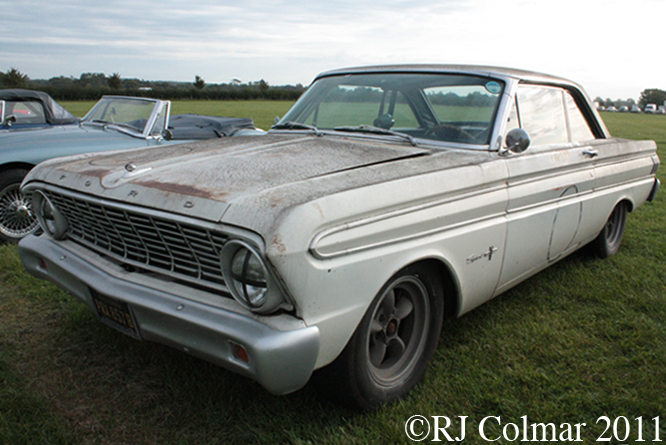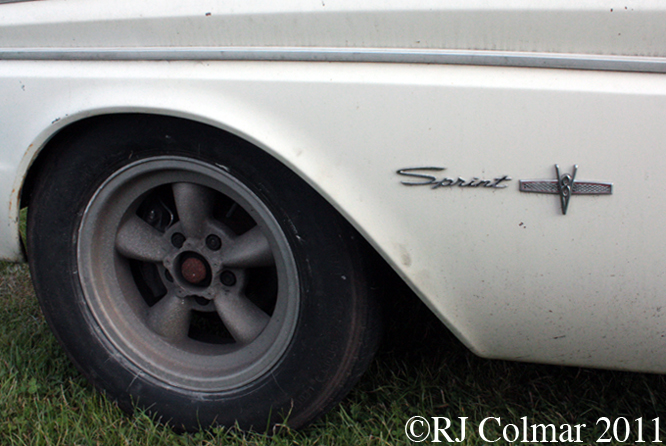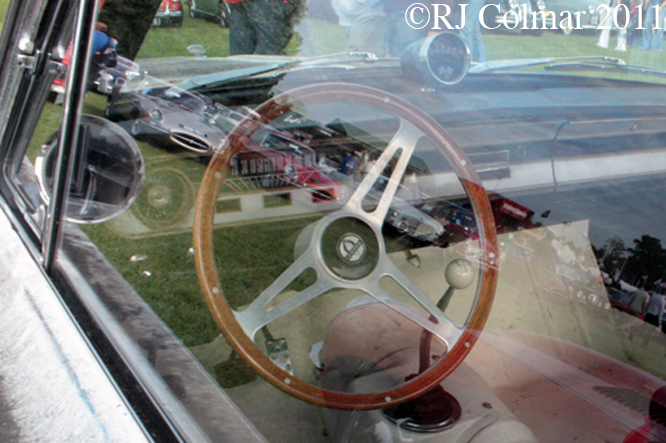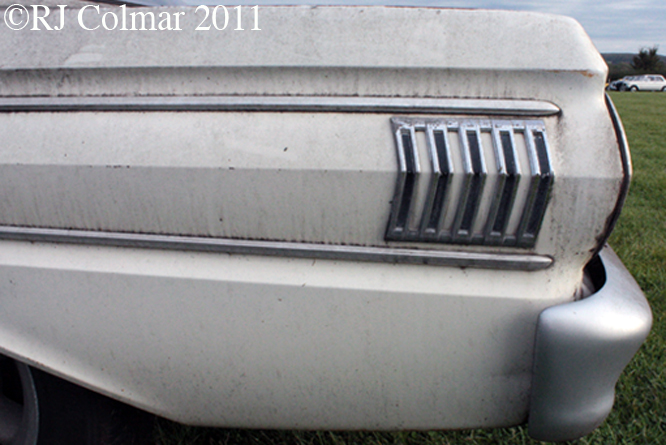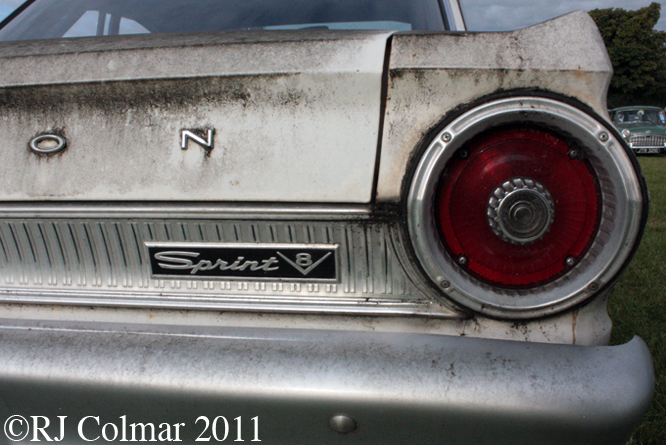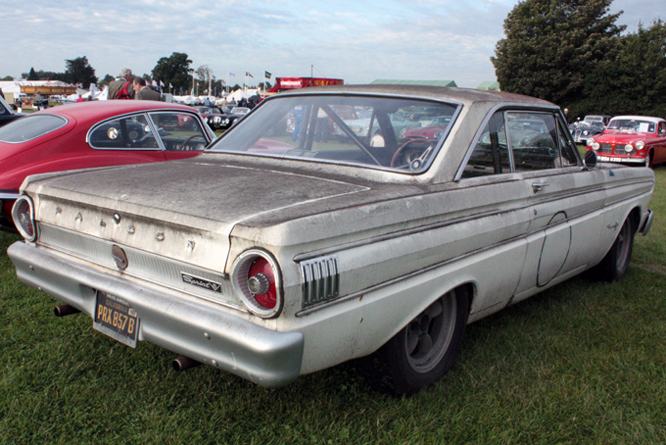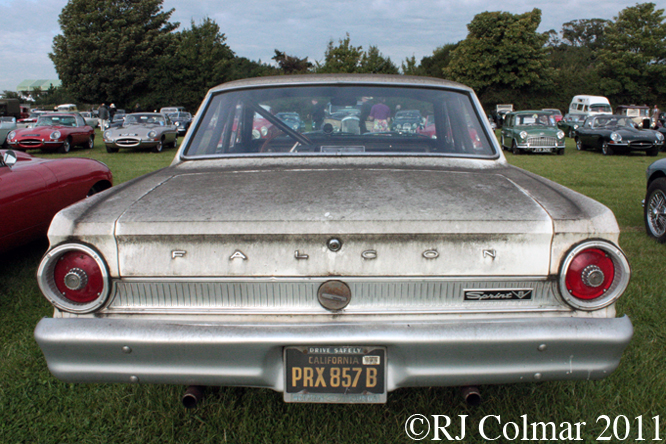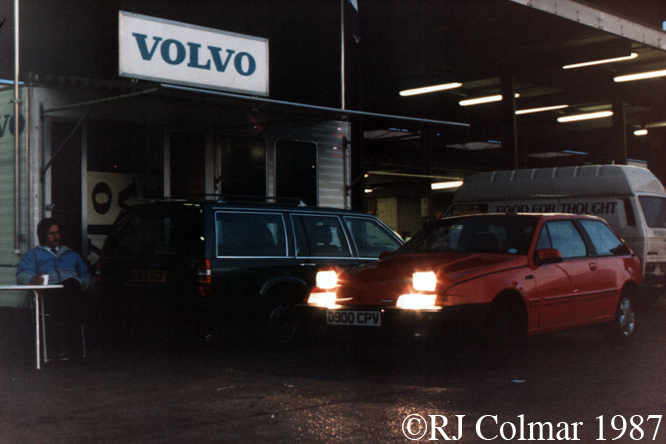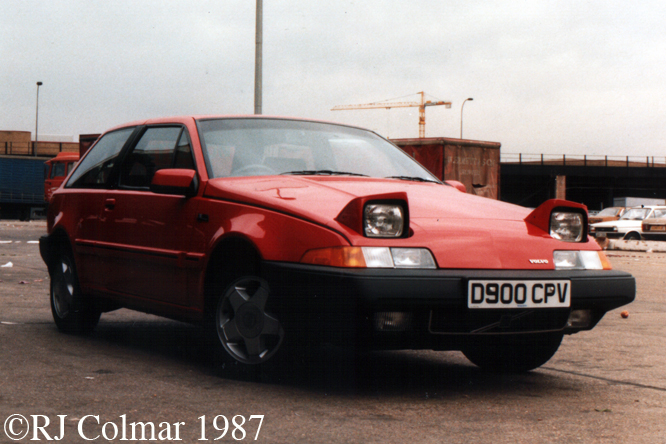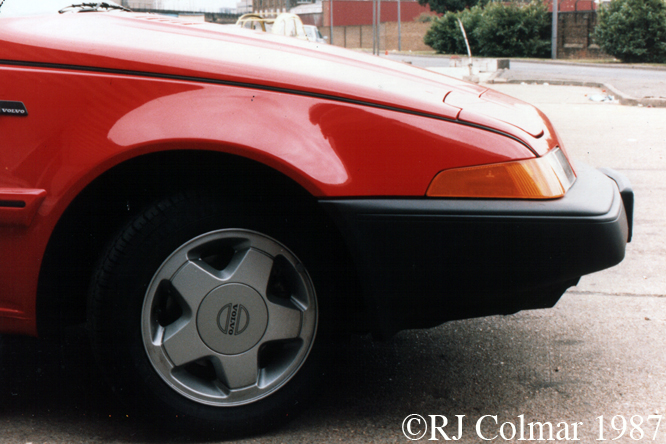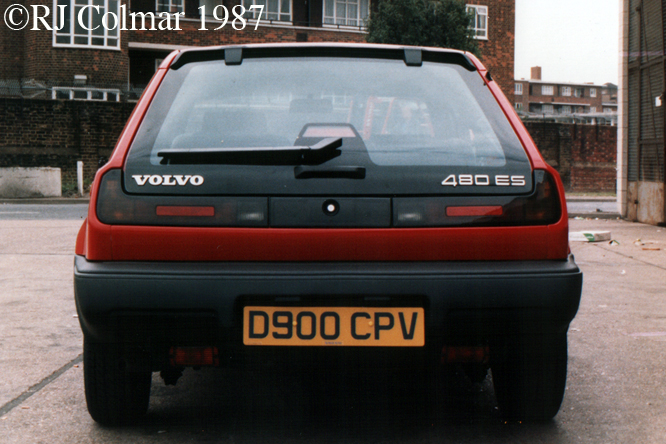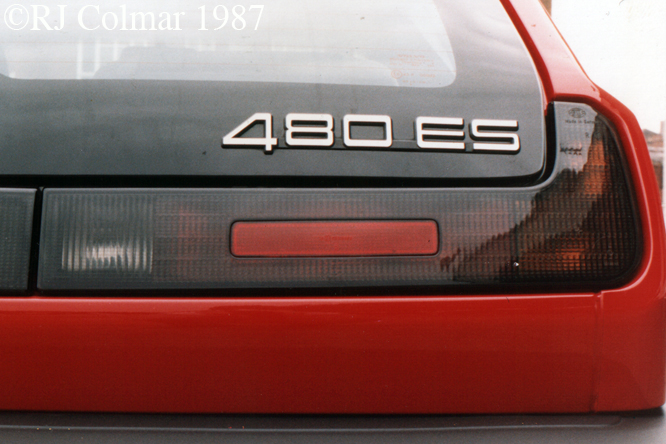On Sunday I ambled through the back lanes of Gloucestershire with a couple of friends to visit Dyrham Park a Neo Classic country mansion, that was built for William III’s Secretary at War William Blathwayt, set in a 274 acre deer park.
The house was made over to the state in the late 1950’s and the National Trust subsequently took over the running of the estate in 1961. That same year the Bristol Motor Cycle & Light Car Club organised a hillclimb on an 800 yard course that started at the Mansion house and went up the winding front drive towards the main gates of the estate.
To celebrate the centenary of what is now known as the Bristol Motor Club a Spirit of the 60’s demonstration was organised at Dyrham Park to mark the six events that were organised from 1961 – 1966. Not all the vehicles present on Sunday, like Tony Wallens 1971 Lotus 69 were strictly of the correct period but they all added to flavour on another Indian Summers day.
Making his way through the hairpin to the start line is Chris Merrick in a Brabham BT18 / Buick V8 that once belonged to Bryan Eccles who set, probably for all time, the course record of 30.05 secs in 1966.
Some of you may remember I stumbled across a Berkeley B105 earlier this year at the Silverstone Classic, this 1959 example heading for the assembly area belongs to Neil Barber.
Steve Hillcox in the 302 cui Mustang Fastback can is seen above preparing to leave the assembly area for his run up the narrow 800 yard course.
Following the Suzuki Pace Car heading for the sweeps on one of the demonstration runs are Jeffrey Allen in his 1967 Mini Cooper, Steve Dowling in his 1959 Austin A35 and David Valsler in his Turner which he found in Ohio.
John Robbins above negotiates the hairpin in his 1967 VW Notchback ahead of Colin Gale in his 1966 Austin Healey Sprite.
I believe this is Ron Clements in his 1933 Morgan Super Sport which bears a quote from two time Le Mans winner Sir Tim Birkin on the side “Better to die at full throttle than to live behind a desk.” Sir Tim died from as a result of burns sustained while racing a Maserati in the 1933 Tripoli Grand Prix.
One of the slower passes up the hill had they been timed would possibly have gone to former British Saloon car stalwart Vince Woodman on this Honda monkey bike,
though without doubt had the event been timed he would have been in the running for top tin top with his 3.4 litre 1973 Cologne Capri seen here rounding Neptune before the finish straight.
Somewhere between 4-5000 spectators are thought to have been entertained by over one hundred cars that each made several runs up the hill, apparently at one point the gates had to be closed because the A46 Bath Road had become blocked. At 4 pm the course car passed for the last time bringing an entertaining day to an end.
Thanks for joining me on this Dyrham Park edition of ‘Gettin’ a li’l psycho on tyres’ I hope you will join me again tomorrow. Don’t forget to come back now !

